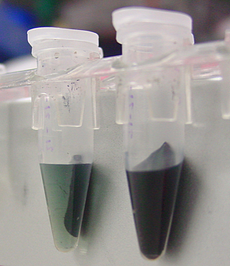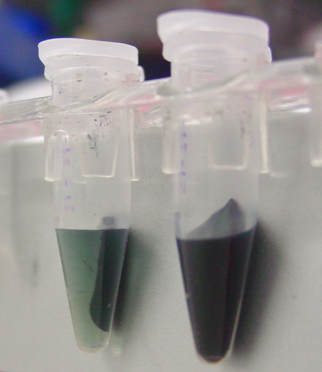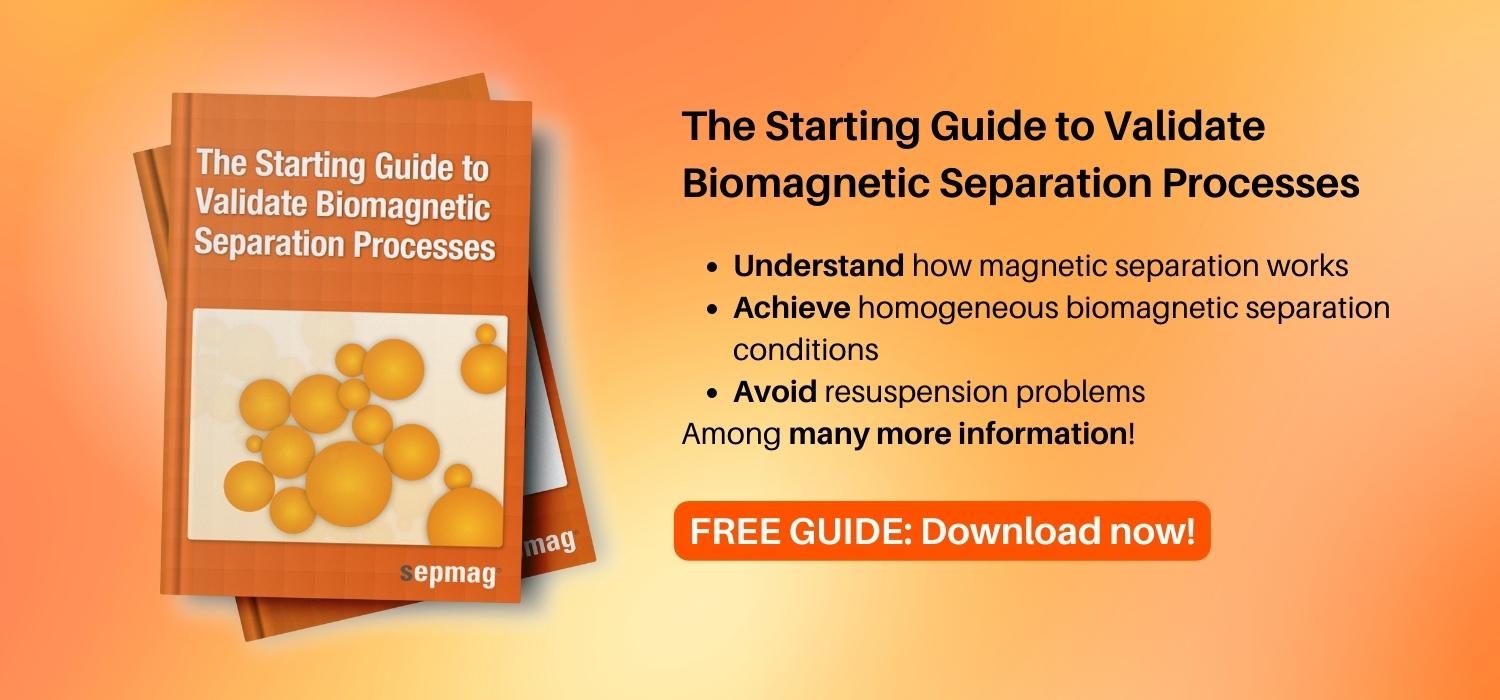 It is vitally important for life sciences products to be consistent from lot to lot, so two batches of the same product produced in the same way should have little variability. In order to achieve a high level of quality control, one must define a strict standard operating procedure (SOP). In the case of a permanent magnet magnetic bead separation device, conditions are usually very stable and so the main parameter to control is the time the vessel is exposed to the magnetic field during production.
It is vitally important for life sciences products to be consistent from lot to lot, so two batches of the same product produced in the same way should have little variability. In order to achieve a high level of quality control, one must define a strict standard operating procedure (SOP). In the case of a permanent magnet magnetic bead separation device, conditions are usually very stable and so the main parameter to control is the time the vessel is exposed to the magnetic field during production.
This post is about magnetic bead separation and how to validate this process. If you are interested in this topic, and are willing to learn more about it, download our Free Guide The Starting Guide to Validate Biomagnetic Separation Processes:
When using a standard biomagnetic separation device, the resulting magnetic bead separation conditions will always be non-homogeneous. This happens because the magnetic field and magnetic force decrease quickly with distance from the permanent magnets in the separation device. The beads close to the permanent magnets experience much ber magnetic fields and magnetic forces, causing irreversible aggregation problems if the forces are high enough and/or the exposure time in the magnetic field is long enough. The beads far from the magnets, on the other hand, experience weaker magnetic forces and magnetic fields and need much longer times to reach the retention positions. Usually this results in a loss of magnetic beads.
Finding the correct magnetic bead separation time
Investigators try to find the correct separation time, attempting to minimize both bead aggregation and bead losses. There are four wrong ways in which to try to improve separation time if one analyzes a batch and determines that the yield is not where it should be:
- Use a shorter separation time. This method will reduce aggregation significantly, but because beads will have less time to reach the retention position, material loss (including both magnetic beads and biomaterial) will increase. If there are multiple steps, this loss will be multiplied.
- Increase the magnetic force. Magnetic bead and biomaterial yield will increase (beads from far away will reach the retention position more quickly), but the beads near the magnets will experience much more force, increasing aggregation problems.
- Reduce the magnetic force. Aggregation will decrease, but magnetic bead losses will increase.
- Use a longer separation time. More magnetic beads will be collected, but beads near the magnets will be exposed to high forces longer and increase aggregation.
The upshot is one can never really find the correct separation time. There will always be compromises and losses using this method.
However, if a homogeneous biomagnetic separator is used, one can actually optimize the separation. The forces used are just enough to retain the beads during buffer extraction. The magnetic force experienced by the entire bead population is the same, so beads farther away will move to the retention position more quickly. All of the beads move at the same speed under homogeneous magnetic forces, balanced by the viscosity of the buffer.
Because of this, one can determine the separation time and fully recover the magnetic beads. The separation time for full recovery of the beads is shorter, so the beads closer to the retention position are not exposed to high magnetic forces over a long period of time. The risk of irreversible aggregation is drastically lower using this new technology.
In addition, the beads are treated much more gently than when using standard magnets. The choice is clear. If you want optimal recovery with minimal bead damage, a homogeneous biomagnetic separator is the device to use.
_17.22.37.png)
If you found this article interesting and want to get a deeper insight in the topic of magnetic bead separation, make sure to check these articles from our blog:
- Ensure 100% consistency from lot to lot
- The 2 ways you can demagnetize your biomagnetic separation device
- Do you have full control of all your steps in your production process?





